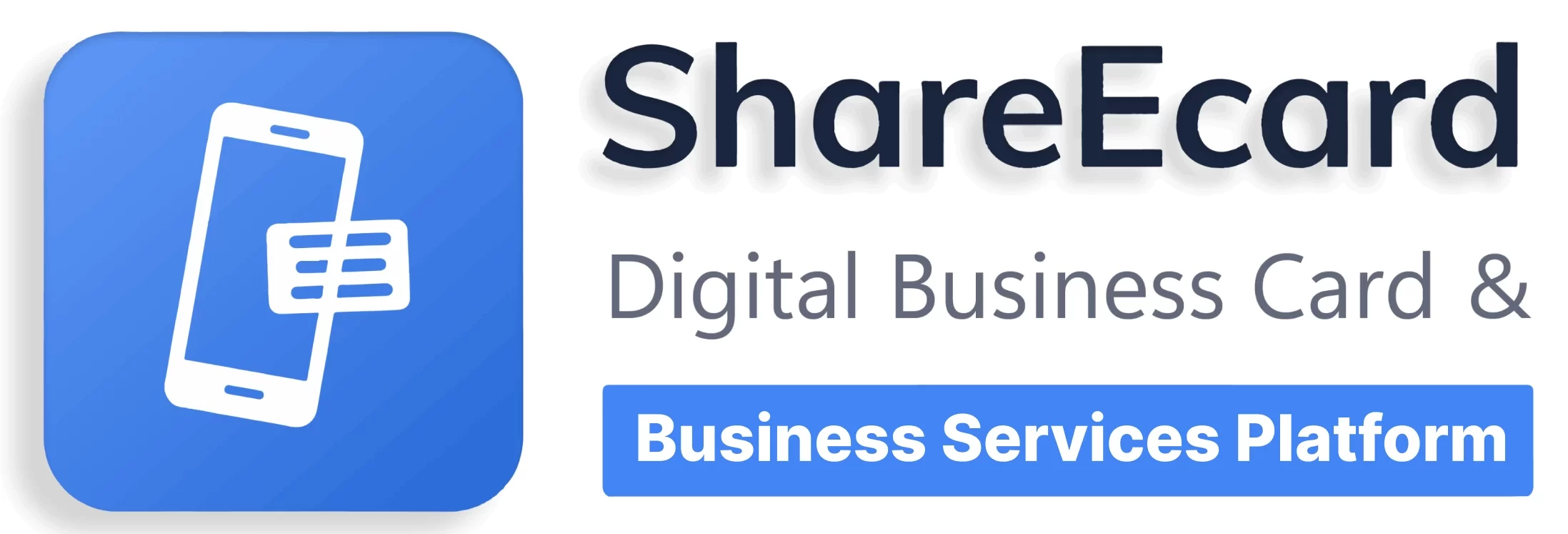As the concept of digitalization is rapidly growing and significantly impacting our daily lives, the idea of global e-commerce is also evolving. From delivering groceries online to transporting vehicles from different countries, this modernized era has made our lives easily and quickly controllable, regardless of personal or professional aspects.
And in this vast digitalized experience, online shopping has stepped out as the most revolutionary advancement of all. According to Statista, e-commerce sales are estimated to reach 8.1 trillion dollars by 2026, showcasing the rapid skyrocketing growth in the industry.
However, managing the shipments, parcels, and deliveries has become as difficult as its rapid growth. From evaluating the estimated delivery time to knowing the originating address of the package, dealing with e-commerce is certainly not easy. Therefore, in today’s discussion, we will be determining the best methods to find out where a package came from. So, without any further ado, let’s dig in…
Package Labeling
The best and quickest way of determining the originating location of the parcel is to check the parcel’s label. It usually contains the basic information of the parcel, like the sender and receiver’s name, address, city and country name, contact number, weight of the package, and handling instructions. However, sometimes, due to mishandling or unavailability of the complete information to the logistic company, the senders’ details might not be mentioned on the parcel’s label.
Returning Address
Many logistics companies mention the returning address of the parcels on their labels so if the parcel is damaged, broken, or wrong; the receiver can return it and get the right one delivered. Therefore, by checking the returning address, the customers can assume the sender’s address and other details. However, ensure that not every returning address is senders’ details as many companies use third-party fulfillment centers and transporting companies for deliveries and the returning process of the parcels is through the same procedure instead of directly connecting the receiver to the sender.
Inside the Parcel
Inside the parcel, you can check the order receipt and pricing slip to determine the senders’ details as these receipts always have the sender’s details, address, city, country, order placement data, time, and final charges. Moreover, if the order or pricing slip is not present, there must be some hints or clues present inside the parcels that can help you find out the sender directly, or at least the store or company from where the products inside the parcel are purchased.
Email Inbox
At the time of placing an order, you must provide your email address for confirmation and receiving details. These details are forwarded to the shipping company for verification. Moreover, when you receive your parcel, you will receive a delivery confirmation email in your address, telling you about the successful delivery of the parcel to your address. So, you can check the sender’s details and address through that confirmation email in your inbox.
Scanning Code
You can view the senders’ address and other information by scanning the QR or barcode on the parcel label or order receipt. The code will lead you to the sending company’s website or social media pages. But, the scanning code only works if your parcel is coming from a reputable and authentic company, as in online shopping. It will not work for personal parcels that are sent to you from your friends or loved ones who want to hide their identity.
Postal Code
The postal code given on the pricing, receiving, labeling, and ordering receipts of the order can give you a hint of the sending location of the parcel. If the postal cost is of a particular city or country, you can roughly guess the companies of that particular location you have recently ordered from. However, if the postal code is of a particular area in a city, you can easily figure out the sending company, store, or your friends, family, or loved ones that live there or belong to that location.
Delivering Company
You can find out the details of the parcel’s sender by contacting the delivery company. By visiting the nearby office, you can provide the necessary details of the parcel and delivery to them. They will find out the sender and provide you with the necessary information. Many logistics companies also provide scanning tools on their websites or applications so that users can easily scan the code of the parcel and access the details without visiting or contacting the company representatives.
Use Online Tracking Tools
The last and most accurate way to find out where a package came from is to track the details of the parcel with its tracking ID in an online parcel tracking tool. There are many online parcel tracking tools available, like Trackmypackage.net, that allow its users not only to monitor the progress of their parcel in the supply chain of logistics but also provide them with thorough and complete information about the senders of the parcels.
By entering your parcel’s tracking ID into the online tool, you can view all the information about the parcel, including the sender’s name, address, city, country, postal code, contact details, and email. For example, if your old friend has put your email address for delivery of the parcel but hasn’t told you for a surprise, and you have received the email, you can track down your parcel, monitor it continuously for safe and on-time delivery along with finding out the sender within a few minutes only.
However, the details of the sender of parcels only remain available online for a few months only after the successful delivery of the parcel. So, make sure that you hurry up to find the parcel’s originating address.
Conclusion
Finding the sender of an unnamed parcel is certainly a difficult and time-consuming task. But you can easily track it down and find its sending address along with other details in no time, all thanks to the online tracking applications. From continual monitoring of your parcel for secure delivery to knowing complete information about the senders, these tracking tools have made the shipping experience smooth and hassle-free.




